A gluten free communion wafer recipe is a regular request I get. And in the spirit of living gluten free with no compromise, I thought it would be helpful to share some more information about the sacrament of the Eucharist, or Communion, from a gluten free point of view.
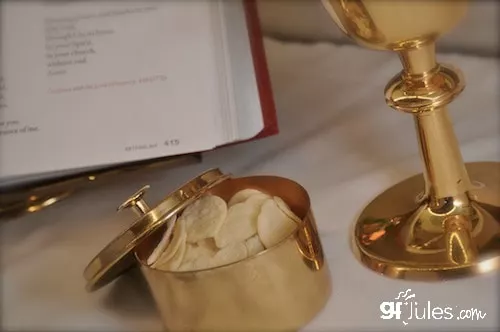
Tradition has held that the bread used for this holy rite, whether leavened or unleavened, be made from wheat. This tradition was confirmed in mid-2017 from a letter to the Diocesan Bishops, written by the Congregation for Divine Worship and the Discipline of the Sacraments at the request of Pope Francis. The letter outlined that gluten must be present in the bread used to celebrate the Eucharist during Roman Catholic Mass.
The Catholic Church’s Canon Law actually already spelled out this requirement in the 1990s and 2000s. It was further enumerated in 2012 when the U.S. Conference of Catholic Bishops agreed to this statement: “it is impossible to consecrate a host made of something other than wheat and water.”
Thus, celiacs and the gluten intolerant have historically been left without a place at the communion table, unless they partook of only the wine (it is recommended that communicants receive both the Body and the Blood, but not required in the Catholic faith). Early in this millennium, that changed, after The Benedictine Sisters of Perpetual Adoration developed a “low gluten” host made from wheat starch. (To learn more about the Sisters and the development of their wheat starch host, see this PBS video.)
This host contains .01% gluten, which is approximately 100ppm gluten; however, equating that amount of gluten (37 micrograms of gluten contained in one wafer) to scientifically established tolerable daily exposure levels (6 milligrams of gluten per day), one wafer would be well within the daily amount of gluten (0.04%) considered safe to those with celiac disease. GlutenFreeHosts also offers a low-gluten wafer (<20ppm) made from wheat starch.
Whether this low-gluten wafer is acceptable to you and to your doctor is completely up to you, and is a matter of considerable debate. Other brands contain no gluten and are available for purchase but are not generally approved by the Catholic Church.
There is another option for Protestants, however: make your own.
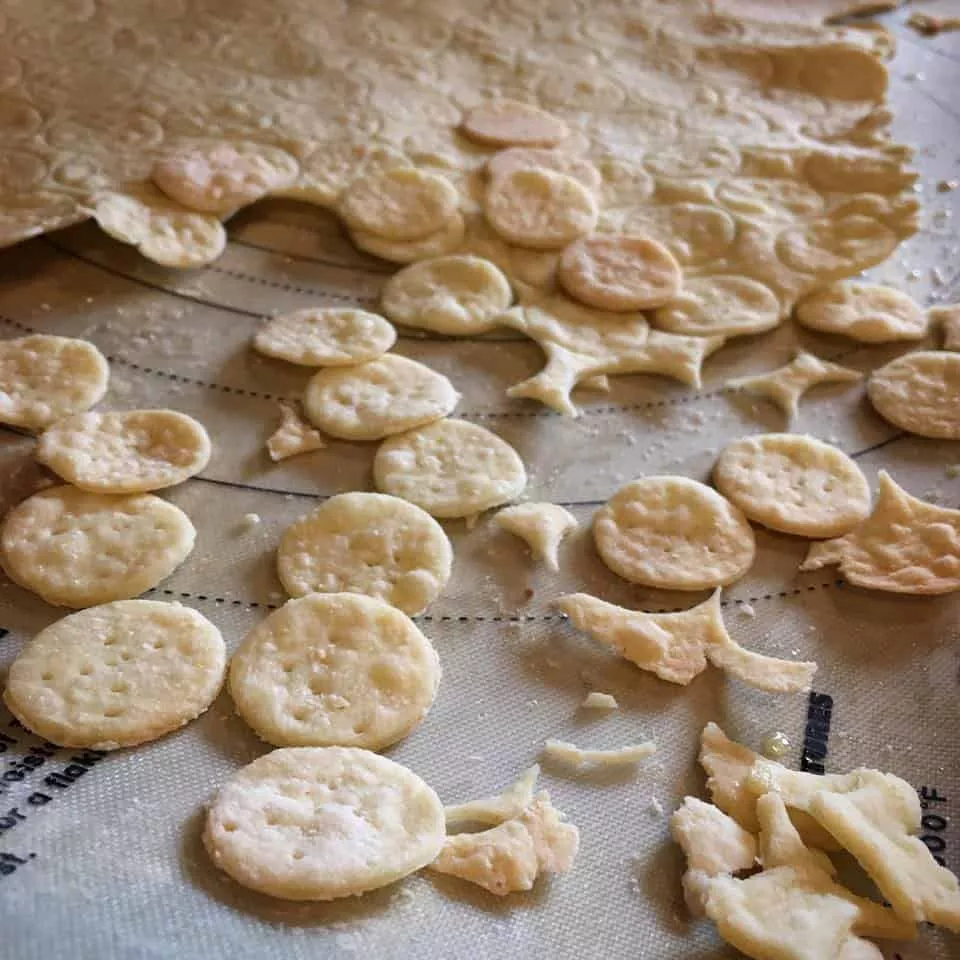
Growing up in the church, I learned that part of being involved as a member of a church community meant volunteering and helping where you could.
One way I have been giving of myself to my church is to periodically bake the loaves for Communion – of course this means that everyone is partaking of gluten-free bread when I’m the bread baker.

If you are in need of a great gluten-free bread recipe to bake for Communion at your church (or otherwise), have a look at this beautiful gluten free artisan bread recipe.
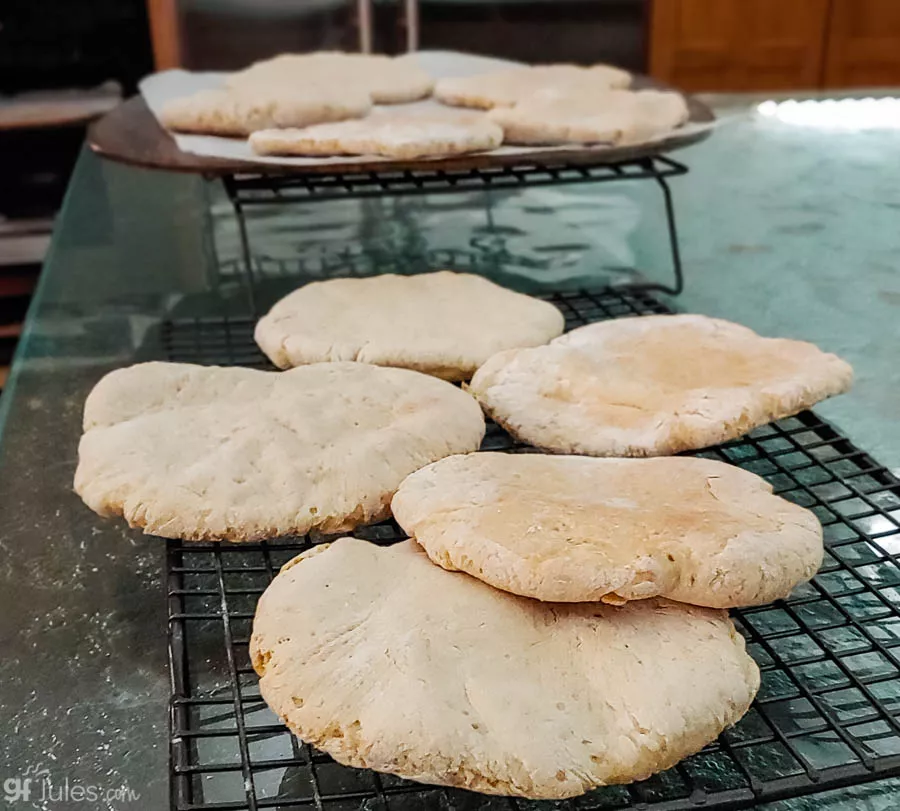
These unleavened gluten free pita breads are also a great option, and have been a great way to have gluten free, top-8 allergen-free and yeast-free bread for intinction or otherwise as the communion table. I’ve been making them for my church this Lenten season for each service so that intinction can be inclusive and safe for all.
Recently though, my church asked me to start baking gluten-free Communion wafers for every service. I knew this would require creating a large enough recipe that would produce lots of wafers at one time and have a good shelf life. When I developed the right combination, I felt I should share it with you, too! Having the Host available to everyone, in every church, should be a mission we can all unite behind.
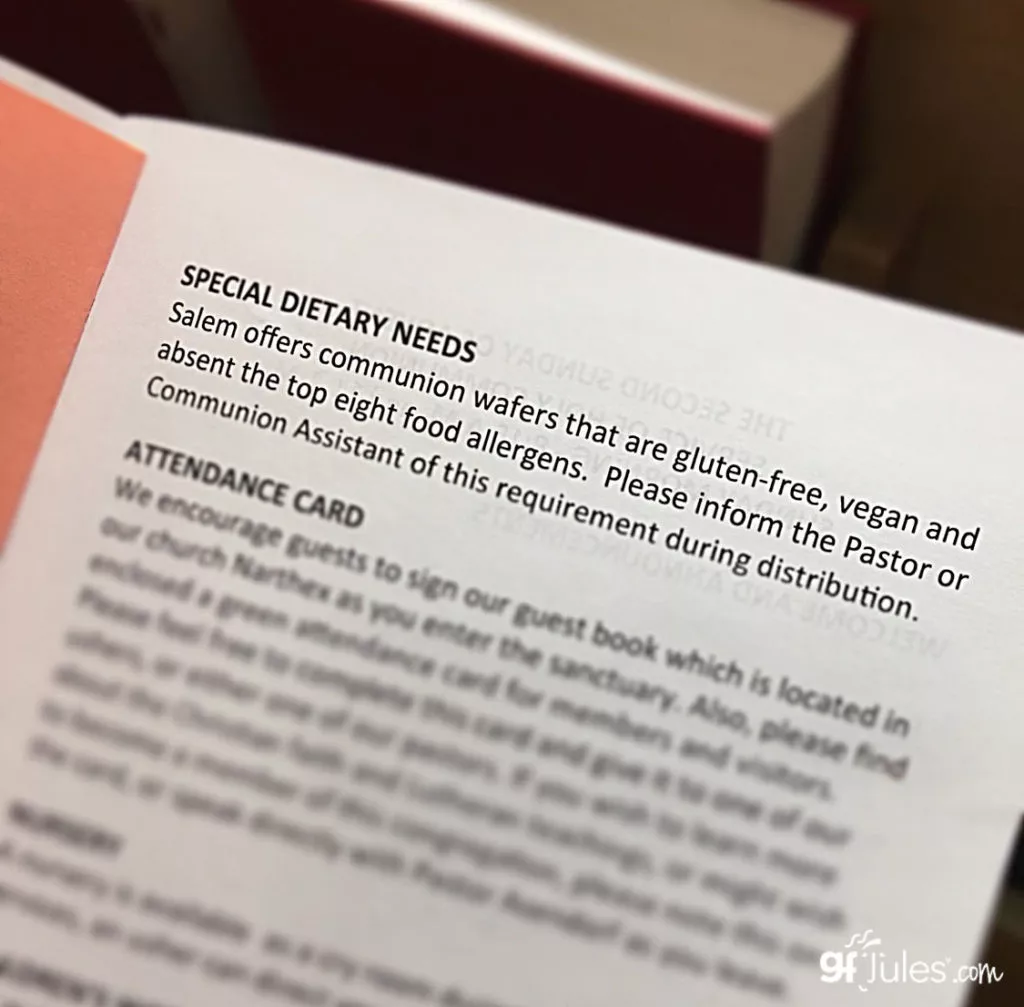
Whether purchased or homemade, whether low-gluten or gluten-free, all Communion wafers for those avoiding gluten should be handled separately to prevent cross-contamination. The most common way of doing this is to place the special Hosts apart from the wheat Host, usually inside of a “pyx” — a metal, ceremonial box. These wafers are also blessed or consecrated by the priest or officiant.
Ask your church about providing gluten free communion wafers for you and other parishioners, or make your own and offer them to your church for the benefit of all. Every willing person should be welcomed at the table.
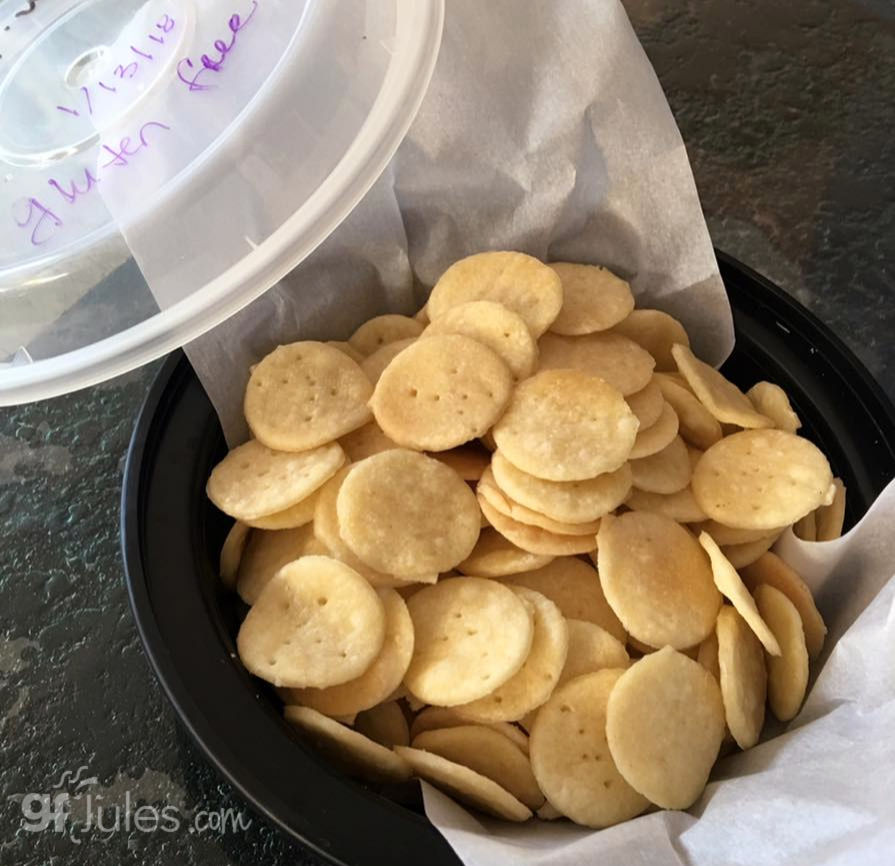
Another reader has also shared her method of making this recipe without using a cookie cutter and I think it’s just brilliant! She simply uses a pizza cutter and cuts the dough into strips. The wafers are squares, not round, but that’s unimportant — just make sure they fit inside the pyx or other serving tray.
She also didn’t poke holes in hers or cover with a cookie sheet, so they puffed up. That’s an important step if you’re trying to save space, but not necessary if you don’t need to fit a lot of wafers into a small pyx.

Gluten Free Communion Wafers Recipe

Gluten Free Communion Wafers Recipe
Ingredients
- 1 1/2 cups (202gr) gfJules™ All Purpose Gluten-Free Flour
- 4 Tbs. light olive oil
- 6 Tbs. water
- 1/2 tsp. sea salt or kosher salt
Instructions
- Preheat oven to 450° F (static) 425° F (convection).
- Use a food processor or mix by hand in a large bowl: gfJules™ All Purpose Gluten-Free Flour and salt. Slowly add in the liquid while pulsing or stirring with a fork. If the dough is too dry, add additional water by the 1/2 teaspoonful in order to get dough wet enough to hold together in a ball but not be sticky.
- Form a ball with the dough and pat out onto a pastry mat or clean counter well-dusted with gfJules™ All Purpose Gluten-Free Flour. Pat with your fingers to flatten the dough, then roll gently in each direction until the dough is so thin you can almost see through it.
- Using a 1-inch round cookie cutter, cut and lift with a bench scraper or spatula, and place onto a parchment-lined baking sheet. Prick each circle twice with a fork (I prick in both directions to make a cross shape). Roll out remnant dough to make more wafers.
- Arrange all wafers on a parchment-lined baking sheet. They will not spread, so they may be placed quite close to each other on the sheets. Cover with another sheet of parchment paper and lay another baking sheet on top to prevent the wafers from curling during the bake. Put an oven-safe heavy skillet on top of the second baking sheet to keep weight on top of the wafers as they bake.
- Bake for 8-9 minutes then remove the second baking sheet. Continue to bake for 4-5 more minutes, until the wafers will are crisp but not browned.
- Remove to cool on a wire rack.
Video
** Please keep in mind that nutrition information provided is per serving, which may vary. While we have taken care to provide you with the most accurate nutritional values possible, please note that this information may differ significantly depending on the exact ingredients and brands that you choose to use to make this recipe. Additionally, where options are given for ingredients, the resulting calculation may include all ingredient options instead of only one per line, skewing the totals significantly.
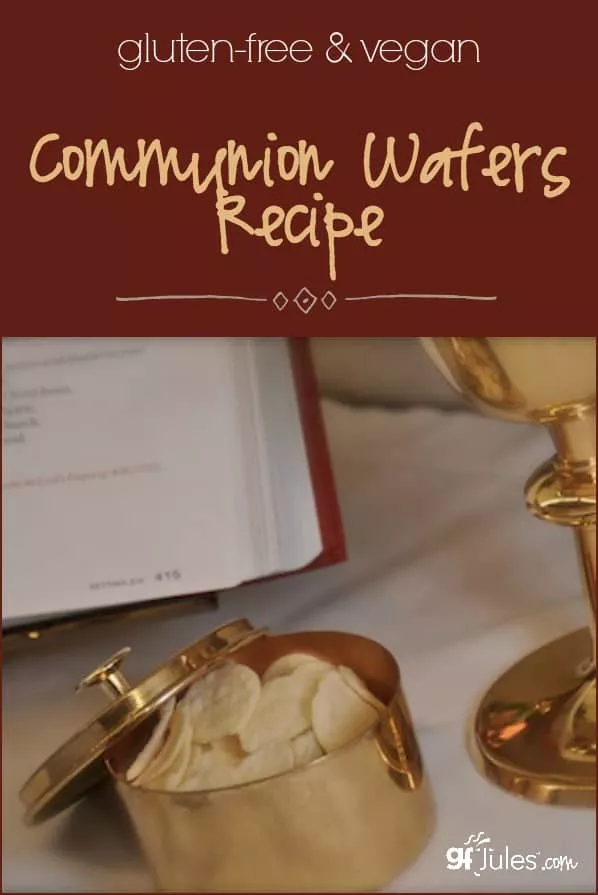
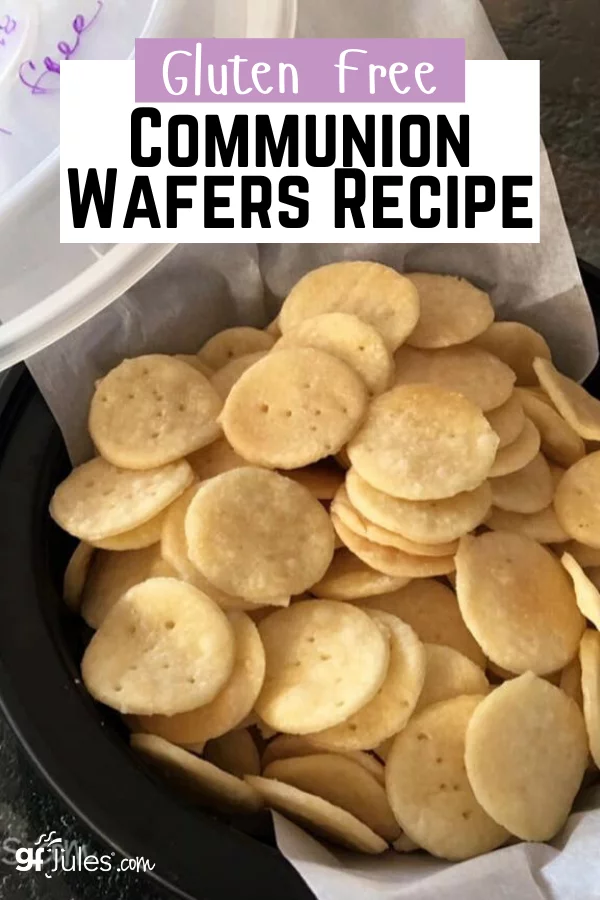

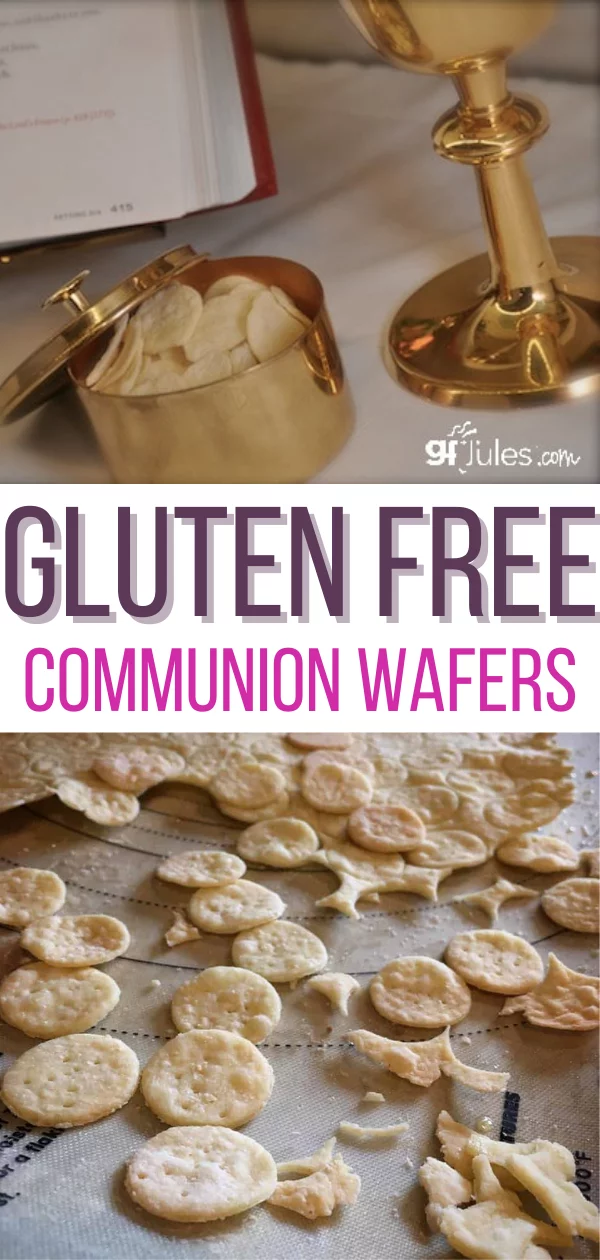


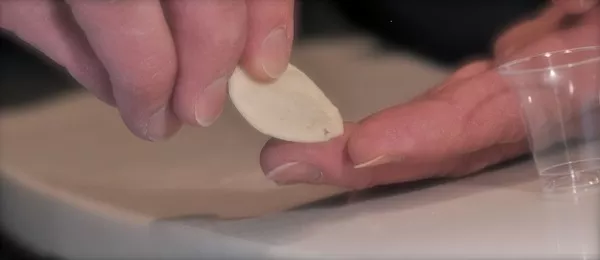











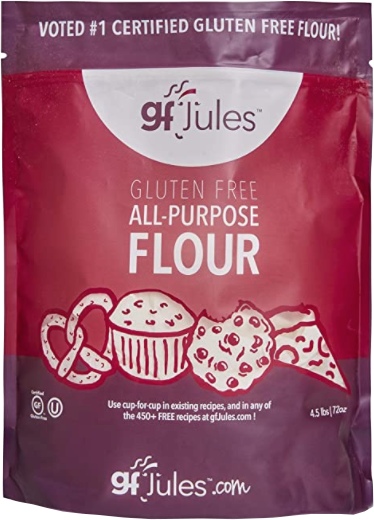
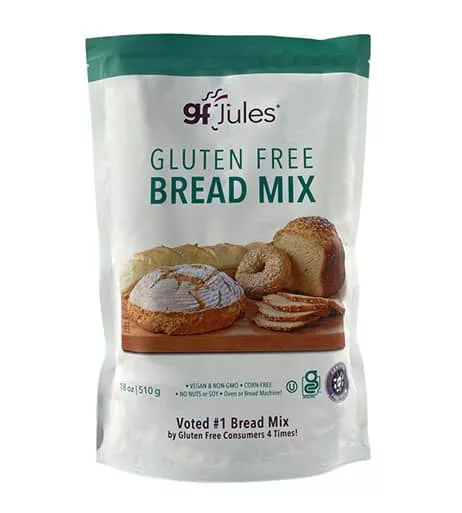
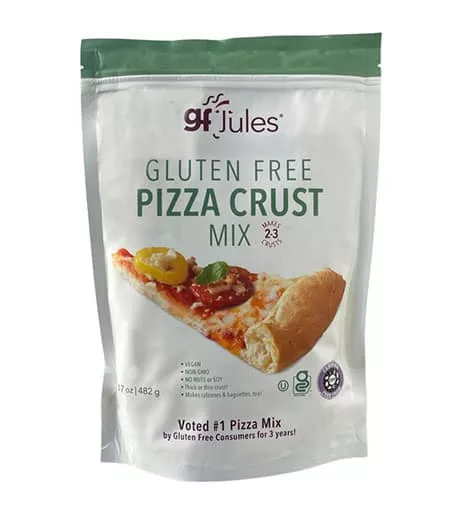
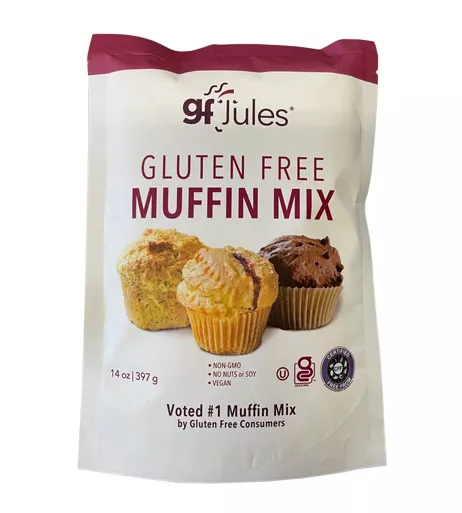


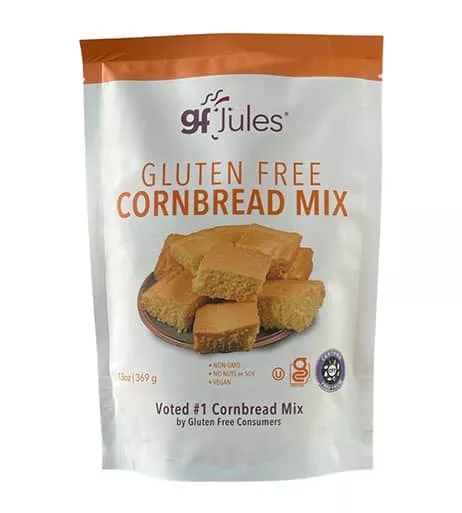



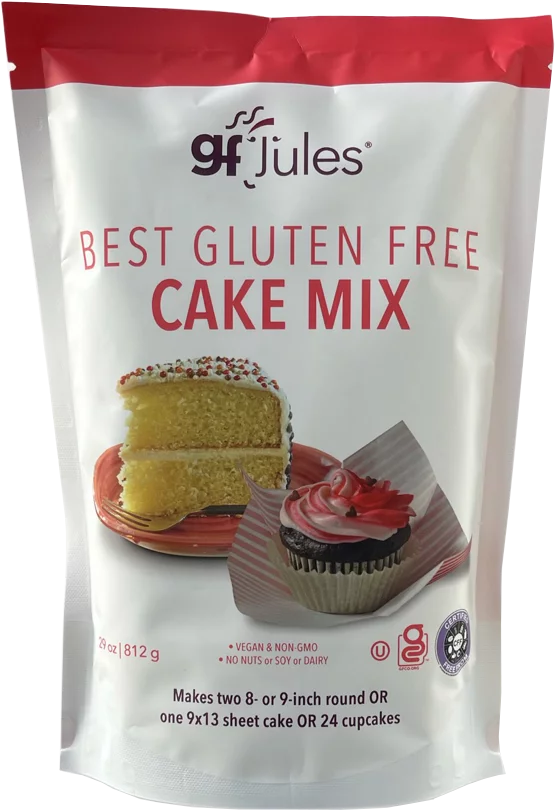
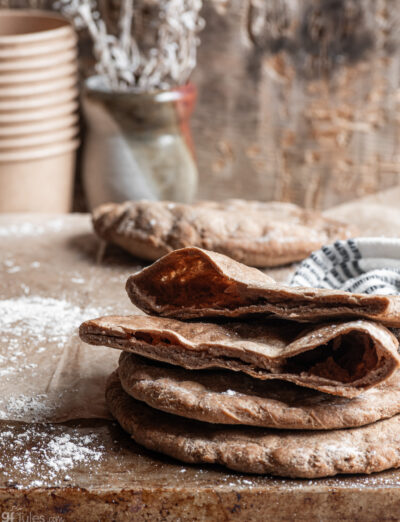


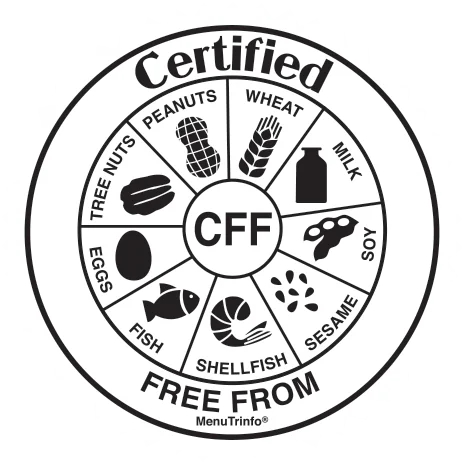


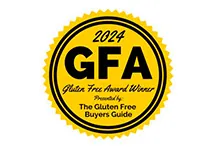
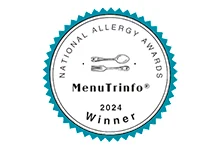
What is shelf life ? Do they freeze well?
Hi Sally, I bake a batch and put them in tupperware in the church refrigerator. They stay fresh like that for a couple months! You can also freeze them. Hope that helps!
~jules
I truly do appreciate this unleavened bread recipe. I love it and I just know that my church family will too. Thanks again!
I just made more today for Easter weekend. I hope you enjoy the recipe!
~jules
Thank you SO much for this recipe!!! We are Lutheran & have a large congregation, but very few celiacs (that’s probably a good thing, right?). By the time my hubby gets his GF wafer (that they purchase), it is stale & terrible tasting. I’m going to make these (let my hubby taste test!)& tell the altar guild they need to be kept in the fridge so they stay fresh!
We’re Lutheran as well, Susan. That’s exactly what I do for the altar guild and they keep them in the fridge. They last a couple months that way. Hope it works out for you at your church, too!
~jules
I am a pastor of the Church of the Nazarene and I would like you to help mi with a standard wafer ingredients for altar bread. Thank you.
I’m happy to help you however I can. Were you looking for a bread recipe instead of the communion wafers recipe? If so, I’d recommend this artisan bread recipe – it’s wonderful!
~jules
Please, give me a standard ingredients for wafer altar bread (communion)
How to do tht mrk on the wafers
I used a fork to press in one direction and then the other — this helps to keep the wafers from puffing up during baking, as well.
~jules
While not Catholic, I am a Lutheran Pastor who recently was diagnosed with Celiac. I have gained a whole new perspective about communion through this process, I have actually presided over communion and was not able to take it. I am taking communion to someone tomorrow and wanted to be prepared.
Hi Kristi, I make these wafers for our Lutheran church and they keep them in the fridge in a sealed container, taking out only what they need for the service or for a home visit. I know so many people like us who are so thrilled to be able to take communion again, safely, since they’re gluten free and vegan. It is such a strange experience to sit out the eucharist without being able to partake; it doesn’t feel like that’s the way Jesus would want it to be, to me.
I’m so happy to be able to help in any way, by providing information and an easy recipe for others to use. Just so you know, I’ve made my flatbread recipes for the annual synod so that everyone there could partake of the bread, and I’ve also baked the flatbreads and regular loaf bread for the whole church for communion. Every church has different customs and preferences as to what kind of bread is preferred. The wafers are just easy to make a big batch and have them around for a month or two.
I know this post is old but it befuddled me how someone can eat wheat or meat or corn or dairy or what have ya and these dumb Dr’s come along and say your allergic to it. I wonder if Jesus was here in this world now and he needed to feed the 5,000 with wheat and fish how it would turn out. Oh sorry Jesus I’m allergic. To that. I can’t have fish. Does that have eggs in it? Is it gluten free? I bet Jesus would shake his head and ask where the faith is?, it ain’t going to kill no one if communion has wheat in it. As God says, give thanks and all shall be good.
The problem is that wheat and grains today aren’t what they were in Jesus’ time. Man has added pesticides and genetically modified plants. As a Christian who has Celiac, I see your comment as judgmental and ignorant. If I eat wheat, barley, or rye, my body attacks my small intestine leaving me unable to digest food. I lost 70 pounds, had seizures, and couldn’t hold any food down before they figured out what was wrong with me. Jesus said our body is His temple. Would he really want me to eat something that could kill me? It hurts my heart when Christians turn and point fingers and feel they are somehow justified in making comments by throwing around the word faith. If Jesus we’re here and feeding people, of course it wouldn’t make them sick! But He isn’t. People are growing, processing, and manufacturing the food. Also, there could have been someone in the crowd that couldn’t eat fish and politely declined, eating bread instead. Faith is important, but “These three remain: faith, hope, and love. But the greatest of these is love.” Instead of judging others and throwing the word “faith” around, maybe show a little more love?
Thank you so much! I am one of only a few GF folks in our small congregation and while we would like to offer a GF option, it just isn’t feasible at this time. Guess I’ll have to get busy and bake some!
we also are a small congregation and I stated making these, now everyone can participate. One batch actually lasts our congregation about 4 months. After communion they place the rest in Ziploc in the freezer, take them out to the fridge on Friday and wa-la ready for Sunday.
That is so wonderful, Barbara! What a wonderful service for your congregation, and how inclusive. I’m so happy you ministers are open to you doing this for the church!
~jules
Thank you so much for this valuable information. I am converting to catholicism and not sure how the church handles celiacs. Thank you again.
Hi Sheryl, I truly hope it helps!
Please ignore my last question about the temp and oil. I figured it out. This why you should not do late night cooking, lol.
We had tried other flours, but they did not work well at all. I got your flour and it worked just as you described above. Absolutely amazing.
My only issue is that it smokes really bad because the olive oil is reaching its smoke point at the 450 degree temp. Is there an alternative oil that would work better for this recipe or maybe a lower temp?
Erik, I’m so glad you’ve been loving using my flour! That’s what I love to hear! Glad you figured out a solution for the smoking oil, as well!
How long do these last? Are they shelf stable or do they need to be refrigerated or frozen?
Hi Erik, I’ve been freezing them for longest shelf life, but my church also refrigerates them in sealed containers and they last for 2-3 months that way. Hope that helps!
I believe every person should be able to partake of the host and wine. I am a
sensitive Celiac who has had 2 cancers
and 3 autoimmune diseases, receiving low gluten hosts and wine from a communal chalice is not an option for me or any celiac. Most people with celiac disease do not realize how sick you can become as the
disease progresses or they would not
eat low gluten hosts.
Thank you for sharing your opinions, Bella. I agree that everyone should be able to be served a host that is safe for them. I think Jesus would agree, don’t you?
I want to make low gluten unleavened wheat starch communion hosts suitable for roman catholics can you help please.
Hi Breda – you should contact the Benedictine Sisters of Perpetual Adoration, as they are making a low gluten host from wheat starch for Roman Catholics.
could we add a bit of sugar to this recipe?
You could certainly add a bit of sugar, if you think you would prefer the taste that way. Experiment to see where the sweet spot is – I wouldn’t think it would take much.
Could we add a bit of sugar to this?
At my church the low gluten wafers are free for those who need them. I put the wafer in my pyx, put it on the alter before Mass starts so that it can be consecrated with the other hosts. After Mass I go to the alter and take the host myself.
Thanks for sharing how you handle taking a GF host at your church, Ellie!
There is also the issue at our church of dipping the bread into the wine. Most of our congregation choses to dip as opposed to sip, thus contaminating the communion wine with their bread. The church does not want to change with way we do everything b/c of cost, so there is a handful of us who sit out communion.
Donna – I’ve been to churches where intinction (dipping the bread into the common chalice) is the norm as well, and those churches typically offer a separate cup for those who partake of the gluten-free host. Perhaps you could introduce this idea to your church? There is no change of routine or any additional cost. Hope it works for you, too!
When I first started attending the church I am at now, they did not have a gf option. We also use intinction (dipping). I actually purchased gf elements myself and brought them to our Communion steward. They were more than happy to accomodate me. I am sure they would have purchased the gf elements for me, but I did not want to cause the church additional expense. It doesn’t really cost me much, because one container of wafers lasts a long time, and all the juice that is needed is a small snack-sized bottle. The only thing that could be expensive is if you have to purchase a dedicated chalice, but that would be a one-time expense. Have you talked with them about you absorbing the cost?
Sounds like you did all the right things, Patricia! I’m sure you paved the way for others at your church to have safe communion options, too!
~jules
We try to provide for everyone.
Out new Pastor Jodi UMC has warned us about cross contamination and we have separate patons and chalices. There is not difference made except that people go to a different station.
I have also been in charge of Holy Communion for our Emmaus Community and we are trying to be “user friendly”
Jesus intended for all of us to partake. We need to provide that opportunity.
I am grateful for this recipie.
You’re very welcome, Harriet. I hope it’s helpful. I agree that all should be allowed to partake – it’s Jesus’ table.
~jules
My question is that is this recipe than acceptable by the Catholic church. Our church at the time thought about just having gluten free hosts for everyone. I wasn’t sure that I could even have the low gluten hosts. I wanted to be sure so I bought my own and the priests have consecrated them.
It sounds like you have some very accommodating priests, Cindy! Lucky you, as I’ve heard from many others about their priests being sticklers for the low gluten host.
I am Catholic and have only used Ener-G hosts. Our priests has never asked where I get them. I have my own Pyx which I place on the alter with my host and it is consecrated at the same time as the rest of the host plus we use 3 chalices so as the wine is not contaminated either. The piece of host that father puts in the wine at the consecration is only in the chalice he drinks from. He hands me the pyx and I am the only one that touches the host.
It doesn’t matter if the priests knows where your host comes from. If it is not of proper substance, then it will merely be a “blessed” host and not the Body of Christ.
I am the wife of a Catholic deacon and am the one with gluten issues. For those who can use the ones made by the sisters, I would have you purchase a pyx to place it in and have it placed on the altar before mass, with the priest permission of course. That way it will not be contaminated and you can arrange when to come up to receive it or have it brought to you after the consecration the way it is brought to those who are unable to stand.
Thanks for your tips, Carole!